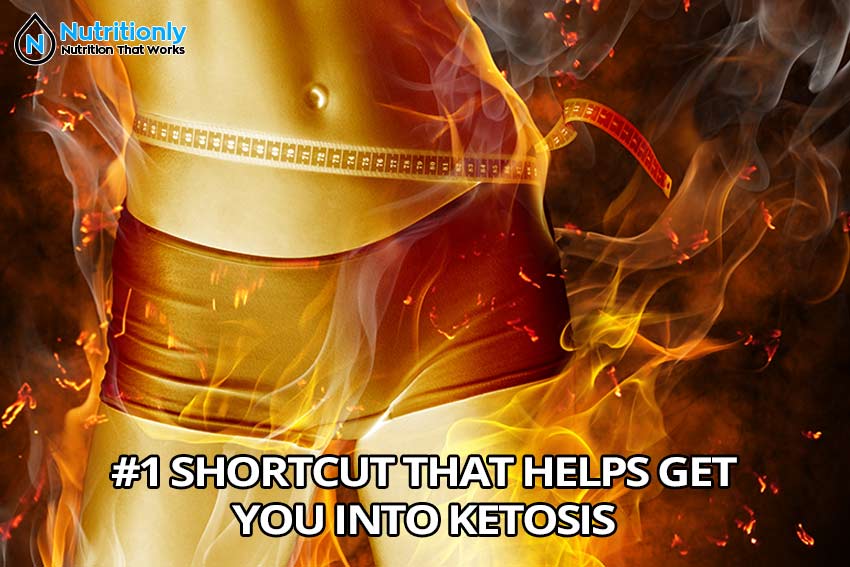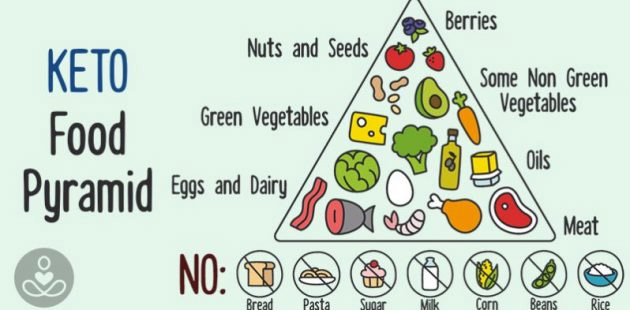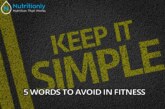
Many people in the world over are looking to go into ketosis, but the problem is that there are several theories on how to get into ketosis. However, the best way is by changing into a Keto diet. It will not be easy making the switch, but it is a sure way to get and stay in ketosis.
The Keto diet is low in carbohydrates, and this forces the liver to produce ketones used by the body for energy. For most people, the biggest persuasion to take up the Keto diet is for weight loss and management purposes. The diet mimics starvation, and this puts the body into ketosis, which is a metabolism state that produces ketones.
The number one reason that you are not in ketosis yet is that you are still ingesting a lot of carbs. This could be in the form of restaurant food, snacks with processed sugars and your favorite salted snacks.
The Keto diet, however, has critics for several reasons, and so you should consult your doctor to consult on how you need to make changes to your diet. Most people will struggle with reducing carbohydrates from their diets and increasing their consumption of healthy fats. However, there is a plan with which you can ease your body into ketosis. Here is a systematic process outlining what ketosis is and how to get into it.
What does it mean to be in ketosis?
Several studies have come out in support of changing your diet as the easiest way to get into ketosis. But what does it mean to get into ketosis?
Ketones occur when your body breaks down fat, which then releases the energy you need, and they are necessary for getting you into ketosis. The key here is to consume healthy fats, proteins, and low carb diet. With this diet, your body goes into a state of ketosis, and in that state, your body starts burning fat, and in so doing, it helps in weight management.
The switch to a keto diet may seem difficult since it sounds complex and more technical than the popular grab-and-go meals we love. However, it is one of the best ways to maintain good health through the things we eat. The diet will give your body access to healthy sources of energy that it can break down without much strain.
With that said, it is not always easy to get into the keto diet, but it is possible. Below is a breakdown of the macronutrients you should start eating to get into ketosis.
Balance your macronutrient intake
| Ketogenic Diet Macronutrients; Percent of Total Calories | |||
| Macronutrient Ratio | Fat | Protein | Carb |
| Classic Keto (4:1) | 90% | 6% | 4% |
| Modified Keto (3:1) | 87% | 10% | 3% |
| Modified Keto (2:1) | 82% | 12% | 6% |
| Modified Keto (1:1) | 70% | 15% | 15% |
The keto diet is all about balancing the three major categories of macronutrients, that is, carbohydrates, fats, and proteins.
Carbohydrates
According to the livestrong.com, the optimal recommended carbs intake for an adult is 50 grams per day. This is a much lower intake compared to the fact that most adults today take in an average of 300 grams per day of carbs. However, the 50 grams of carbs should not be ingested on a long-term basis, so consult your doctor or nutritionist before you make the drastic cut.
Proteins
The keto diet promotes the consumption of proteins since they are essential for weight management and overall health. However, you only need to consume a moderate amount of proteins. Taking too many proteins can delay the time it takes for you to get into ketosis.
The amount of protein you should take is dependent on your weight and level of difficulty of your daily activities. For example, if you are an adult weighing 200 pounds, with 40% percent body fat and a lean body mass of 175 pounds, this is how you calculate your daily protein requirements: 175 x 0.6 = 105 grams of protein per day.
Another way that you can calculate your ideal protein intake is by ensuring that you are getting the utmost 20 percent of your calories from protein. This is the formula to use: (Calories x 0.2)/4 = grams of protein.
Fats
You need a healthy source of fat, but not all fats will help you get into ketosis. The recommended daily fat intake should be in line with your caloric needs. Preferably, 70 percent to 80 percent of your daily calorie intake should be from healthy fats. Use this formula to calculate the amount of fat you should take on a daily basis: (Calories x 0.8)/9 = grams of fat.
With the above formulas, you can know the ideal intake of macronutrients you need to ingest per day.
The benefits of getting into ketosis
The keto diet was created by Dr. Russell Wilder to help patients with epilepsy. He aimed to design a diet that mimicked fasting, and earlier results indicated that fasting reduced the occurrence of seizures in children and young adults. The benefits have also proven to be essential in weight management, reducing hunger, controlling blood sugar, and thus very good for diabetic patients.
Foods to help you get into ketosis

While fruits are a source of natural sugars, having too many of them could get you out of your ketosis, so proceed with moderation. These are the foods you need when getting into ketosis.
Proteins
You are best suited to go with organically sourced proteins, and these are the best sources of proteins when getting into ketosis:
- Grass-fed beef, since it is leaner and healthier
- Unprocessed pork products
- Skinless chicken
- Any fish caught in the wild
- Free-range eggs
- Nut butter
Fats
These are the holy grail of the Keto diet, and these are the best sources:
- Avocados
- Grass-fed butter coconut butter
- Cold-pressed oils
- Nuts such as almonds, macadamia, and peanuts
- Ghee
- Some cheeses such as goat cheese, cream cheese or cheddar cheese
However, be on the lookout for the calorie content in the cheeses, since some have more calories than others.
Conclusion
The number-one shortcut to getting into ketosis is by making changes to your diet. However, it will take a lot of sacrifice and discipline to get it right. Visit Konscious Keto for more information about ketosis, and how to get into keto.





